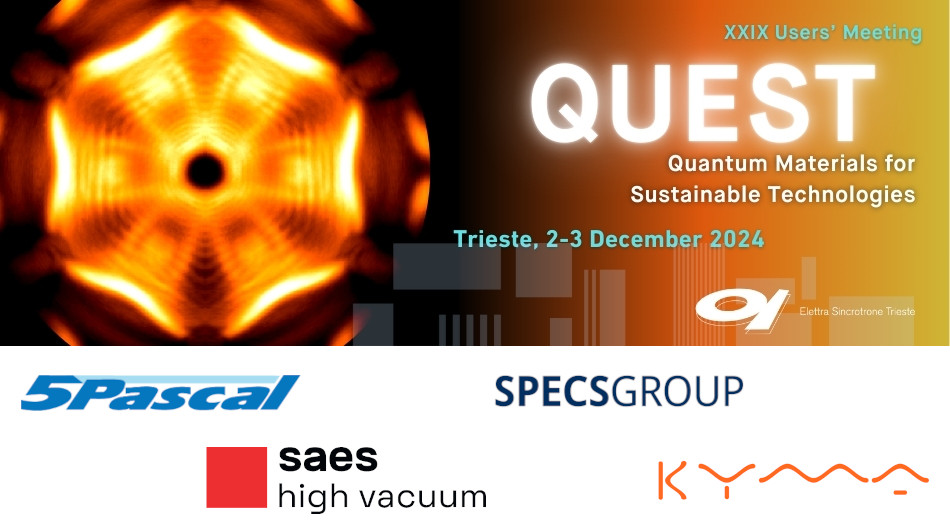Conveners
Session 2: part 1
- Luca Petaccia
Session 2: part 2
- Ivana Vobornik
With its direct correspondence to the electronic structure, angle-resolved photoemission spectroscopy (ARPES) is a ubiquitous tool for the study of quantum materials. When ex-tended to the temporal domain, time-resolved ARPES offers the potential to move beyond equilibrium properties, exploring both the unoccupied electronic structure as well as its dy-namical response under ultrafast...
High field THz-pulses allow accessing the Higgs mode, the amplitude mode of the order parameter, in superconductors. Using a phase-resolved THz-high-harmonics-spectroscopy we perform a complex Higgs-spectroscopy of the order parameter dynamics, symmetry and interaction with other collective modes [1,2]. In high-Tc cuprates and NbSe2 this allows investigating the interplay of charge density...
In the fields of optoelectronics and photochemistry, there is growing interest in studying the response to optical excitation of hybrid heterojunctions involving organic molecules. These systems are critical for developing the next generation of environmentally sustainable optoelectronic devices and catalysts. To investigate charge and lattice dynamics in hybrid heterojunctions at the...
Interplay of superconductivity and density wave orders has been at the forefront of research of correlated electronic phases for a long time. The balance between these two competing orders can be tuned by means of lattice deformation, i.e. pressure or strain. 2H-NbSe$_2$ is considered to be an ideal system for studying this interplay, but the origin of charge density wave in this material is...
We study the electronic structure of bulk 1T-TaSe$_2$ in the charge density wave (CDW) phase at low temperature. Our spatially and angle resolved photoemission (ARPES) data show insulating areas coexisting with metallic regions characterised by a chiral Fermi surface and weakly correlated low energy quasiparticle bands. Additionally, high-resolution laser ARPES reveals strong variations in the...
On the example of graphene, we will discuss various contributions to circular dichroism in angle-resolved photoemission (CD-ARPES) [1,2] which include phase shifts of the participating partial waves [3], the interatomic phase shifts [4], and the CD due to elastic scattering of an excited electron [5]. Multiple scattering calculations are performed using the EDAC cluster code [6] and the...

